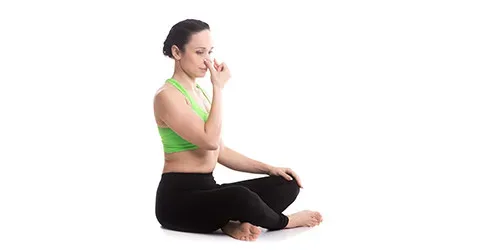
The Link Between Breath and Spirit – “Prana: The Source of Life and Inner Energy”
The connection between breathing and spirit lies at the core of every contemplative practice. In Sanskrit, the word “breath” represents “prana,” which has multiple meanings. In literary Sanskrit, “pr” means that which comes before, and “ana” means breath. What comes before the breath is the impulse towards life. It is unknown where this impulse comes from or how it manifests in the human being.
Breathing is one of the most mysterious facets of life experience. As long as breathing accompanies the body, it is alive, and when the breath departs, the body dies.
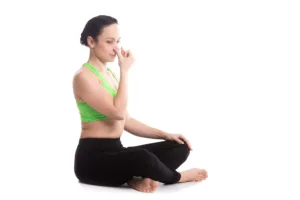
The Story of the Senses – The Contest for Supremacy
In the Upanishads, there is a story about the senses:
The five main functions of the body—speaking, seeing, hearing, thinking, and breathing—were having a discussion about which one is the most important. To resolve the dispute, they decided that each one should leave the body and observe which absence is felt the most.
First to leave was speaking, but the body continued to nourish itself even though it was mute.
Next was seeing, but the body continued to function even though it was blind.
Then hearing left the body, and the body continued to function.
Thought also departed, and the body was still alive, albeit unconscious.
When the breath started to leave, the body began to die, and thus the other functions acknowledged the supremacy of prana.
The moral of the story is that these basic abilities are not integrated. They are rather in competition to gain control over the body. When prana departs, it becomes clear that it is the one that energizes the other functions, and their control depends on controlling the breath.
To bring about positive change in the body and mind, it is necessary to understand the energy through which they work.
Prana: Vital Energy and Creative Power
Prana is the vital energy, the breath, the primary energy.
Prana has many meanings, from physical breath to conscious breath. Prana is not just the primary life force; it is the original power of creation, the master of all energies working on all levels of human existence.
The entire universe is a manifestation of prana. On a cosmic level, there are two aspects of prana. The first is unmanifested. It refers to the pure energy of consciousness, and the second is manifested: prana, representing the force of creation. In relation to physical existence, vital energy is a modification of the air element derived from the oxygen required for breathing. On a subtle level, air corresponds to the sense of touch, which makes us feel alive.
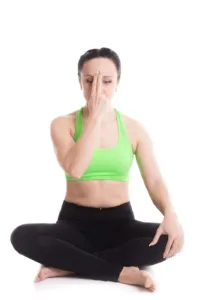
Pranayama – Exercises for Conscious Breathing
In the Hatha Yoga Pradipika, there is a verse that conveys the following: when the breath moves, the mind moves. When the breath is still, the mind is also still. Stability can be achieved through breath control. By calming and slowing down the breath, emotional and mental states can be improved.
It is advisable to start with a practice focused on the breath, through various types of pranayama.
By breathing calmly, the mind becomes tranquil, and when the states of calm and inner peace are extinguished, one can see one’s life and the choices made or to be made clearly.
Benefits of Pranayama – The Breath That Changes Your Life
Adults have between 15 and 18 breaths per minute. In moments of stress and anxiety, the number of breaths per minute increases, reaching 20-25, and the brain receives the message that it needs to be alert, which generates changes throughout the system.
To give the brain a moment of respite and recharge, it is necessary to decrease the number of respirations per minute to 5-7. Additionally, it is necessary to prolong the exhalation so that the message that the body is safe and can relax reaches the brain.
This can be achieved through a breath that is executed only through the nose, inhaling for 4 seconds and exhaling for 6 seconds. Through this simple and accessible exercise, we bring calm and tranquility to the entire system.
This calmness and associated tranquility translate into actions such as:
• Halting the stress response
• Activating the relaxation response
• Alleviating muscular pain
• Reducing abdominal discomfort
• Supporting healthy digestion
• Lowering blood pressure
You can start with a five-minute practice per day and gradually increase by 2-3 minutes when you feel you can sustain it. Choose one or two days per week when you can allocate those minutes for yourself and be present in your practice. Try to maintain the routine on the chosen days and within the same time frame.
It is important not to force the breath to be as deep as possible but rather to remain connected to what you can do in that moment. Also, try to engage the abdomen more and the chest less when performing the breath. You cannot go wrong by practicing this breath. Furthermore, you can apply it throughout the day if you feel you are in a tense situation or overwhelmed by the activities of the day.
Embrace Love and Inner Peace
Set an intention when you begin your practice. At first, you will discover new sensations and states in your body, so you will need time to become accustomed to them and what they bring to you.
After finishing the practice, remain in the same position for a few minutes and observe the responses you receive regarding the set intention. In conclusion, invite love into your life and let it embrace you!
Ana Werczberger
"Ana Werczberger si-a dedicat cu entuziasm zece ani din viata lantului de fitness World Class ca antrenor personal si instructor de body&mind. Fiind atrasa de yoga în urma cu sapte ani a început sa practice stilul Ashtanga urmând apoi o specializare în Power Yoga - o forma de yoga, care pune accentul mai mult pe lucrul asupra corpului fizic. Practicând Power Yoga curiozitatea a crescut si totodata a determinat-o sa îsi doreasca cunoasterea mai în profunzime a propriului eu - minte si suflet. Astfel în urma cu cinci ani a fost atrasa de Nlp Rezonans, urmat de Reiki si apoi Theta Healing. www.yoga-academy.ro Experimentând aceste tehnici Ana si-a dorit sa aprofundeze studiul yoga, propunându-si sa plece în India pentru formare si experienta. În final a reusit “sa aduca India în România” prin înfiintarea YAR - Yoga Academy România - împreuna cu alte doua persoane dragi ei si având ca mentor un profesor din Risikes - capitala Yoga. În perceptia Anei corpul lucreaza împreuna cu sufletul si mintea, astfel abordarea ei este complexa integrând cele trei planuri. "
Recent Posts
Related Articles
CrossFit exercises practiced outdoors or at home
Concentration and discipline are indispensable for succeeding in any training program, regardless...
July 27, 2023Health guide for “ageless” women
Discover the Benefits of Physical Exercise and the Best Types of Training...
July 27, 2023Home-Based Pregnancy Workout in Comfort
The Benefits of Prenatal Home Workout The way we interact with people...
July 10, 2023Supplementation with Vitamins and Minerals
Essential nutrients for the body The macronutrients and micronutrients are essential for...
July 10, 2023
















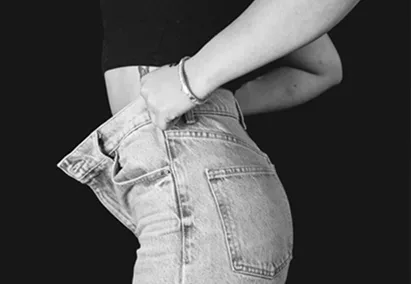




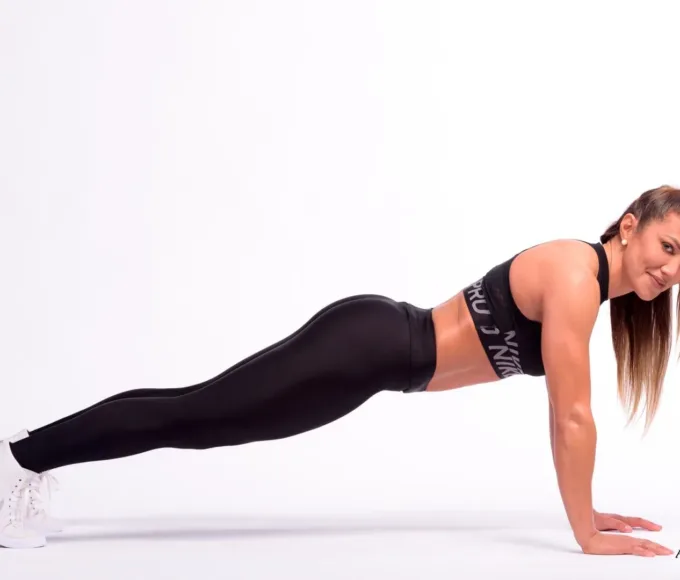



Leave a comment